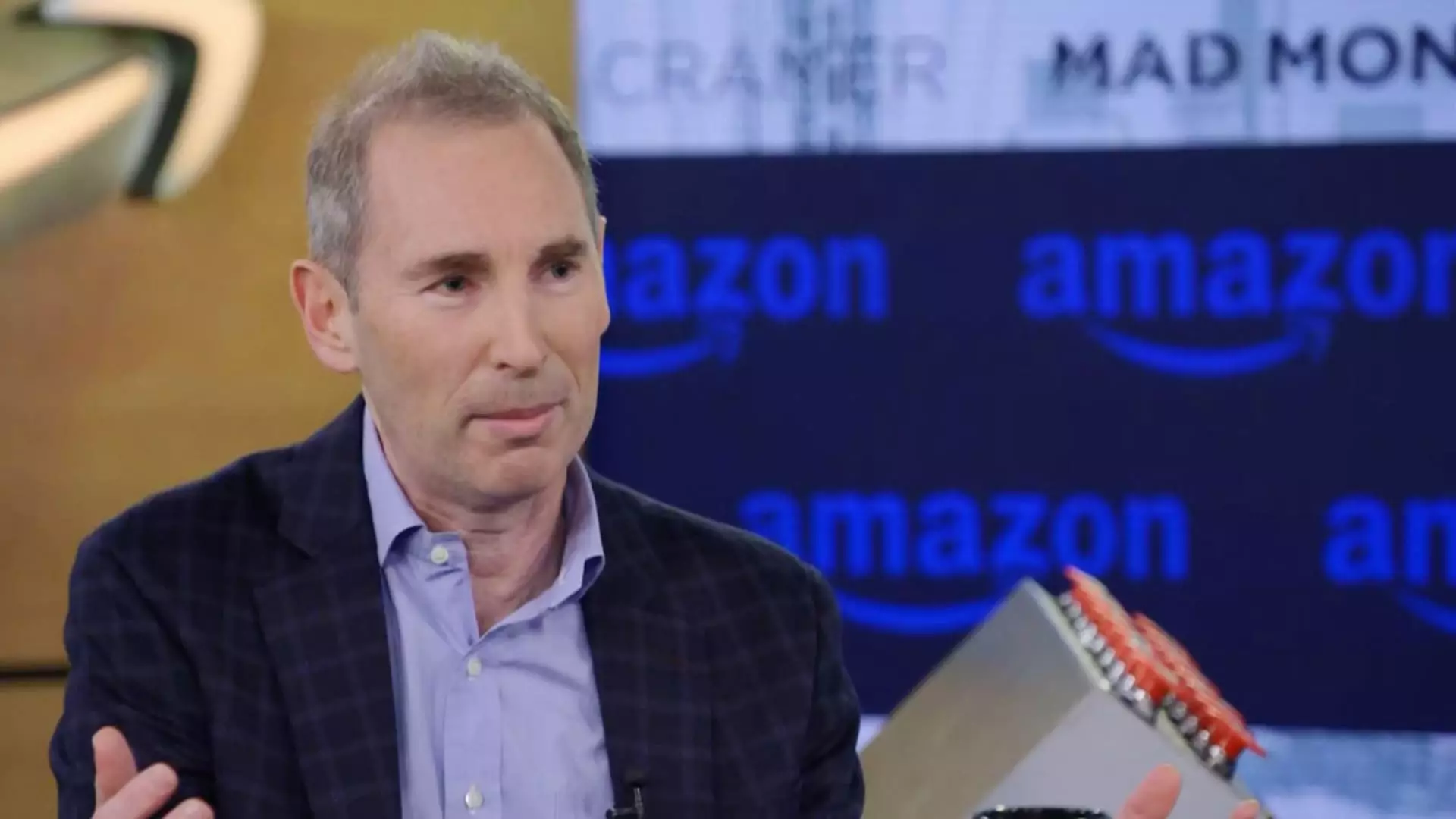The rise of generative artificial intelligence (AI) has become one of the most discussed topics in the tech industry, raising questions about investment strategies, profitability, and company visions for the future. Recently, Amazon’s CEO Andy Jassy addressed investors’ concerns following the company’s third-quarter earnings call, aiming to clarify the direction and profitability of Amazon’s aggressive investments in this technology. This article delves into Jassy’s assertions, the implications of these investments, and the overall landscape of tech investments in AI.
During the conference, Jassy reassured investors by emphasizing the substantial success of Amazon Web Services (AWS), the company’s cloud computing division. He pointed out AWS’s evolution into a significant profit center despite the high costs of establishing and maintaining data centers. According to Jassy, Amazon has a proven track record of driving substantial operating income and generating free cash flow, which he believes will mirror the expected returns from their generative AI ventures. However, while Jassy’s optimism is founded on historical performance, it’s crucial to consider the uniqueness and volatility of the AI market. History may not necessarily repeat itself, particularly in a rapidly evolving technological landscape.
Breaking down Amazon’s financial strategy, Jassy revealed an alarming spike in capital expenditures, with the company spending $22.6 billion on property and equipment in the quarter, marking an 81% increase from the previous year. The projected expenditure of $75 billion for 2024, with even higher anticipations for 2025, raises eyebrows about the sustainability of such aggressive spending. While Jassy characterized this as a unique opportunity, the risk accompanying such vast investments cannot be overstated. The narrative of a “once-in-a-lifetime opportunity” may not resonate with all stakeholders, particularly those wary of the potential losses that could arise from ventures not guaranteed to return profit.
The urgency for AI-related infrastructure is indicative of a broader trend among leading tech corporations. Companies like Meta and Microsoft are also ramping up their capital expenditures in response to the AI boom. Meta’s CEO Mark Zuckerberg expressed confidence in the company’s strategic execution, while Microsoft is grappling with the financial implications of its investment in OpenAI. These trends indicate a common mindset among tech giants: the demand for generative AI has surged and necessitates significant upfront investment. However, this raises concerns over whether such investments can align with actual market demand, or if they risk becoming sunk costs with little return.
Despite the uncertainties, Amazon’s foray into generative AI appears promising, as indicated by Jassy’s remarks on its revenue metrics. He classified the generative AI domain within AWS as a “multi-billion-dollar revenue run rate” operation, exhibiting triple-digit yearly growth. Such figures are impressive and signify that the investments may be starting to pay dividends. Nonetheless, without full transparency into the breakdown of AI-related revenue streams, it remains challenging to ascertain the long-term viability of this business segment.
Furthermore, the impending launch of an upgraded Alexa, powered by generative AI, could either serve as a significant growth catalyst or could potentially fall flat if consumer demands are not met. The contrasting narratives of rapid growth and potential stagnation present a duality that analysts must navigate keenly.
As Amazon boldly invests in generative AI, the overall implications for the tech industry are profound. Jassy’s strong confidence highlights a collective belief among tech leaders that AI will continue to be a driving force in shaping future growth. However, the unfathomable nature of technological advancements means that the road ahead contains both opportunity and uncertainty.
Ultimately, transparency in financial reporting, cautious optimism, and strategic oversight will be essential for Amazon to convert its lofty investments into profitable business segments. Investors must maintain a watchful eye on Amazon’s execution and the collective sentiment across the tech industry, gauging whether the investments in generative AI will secure substantial long-term returns or become mere speculative ventures. The unfolding narrative surrounding these investments will shape not just Amazon’s future, but potentially redefine the fundamental dynamics of the tech industry itself.


Leave a Reply